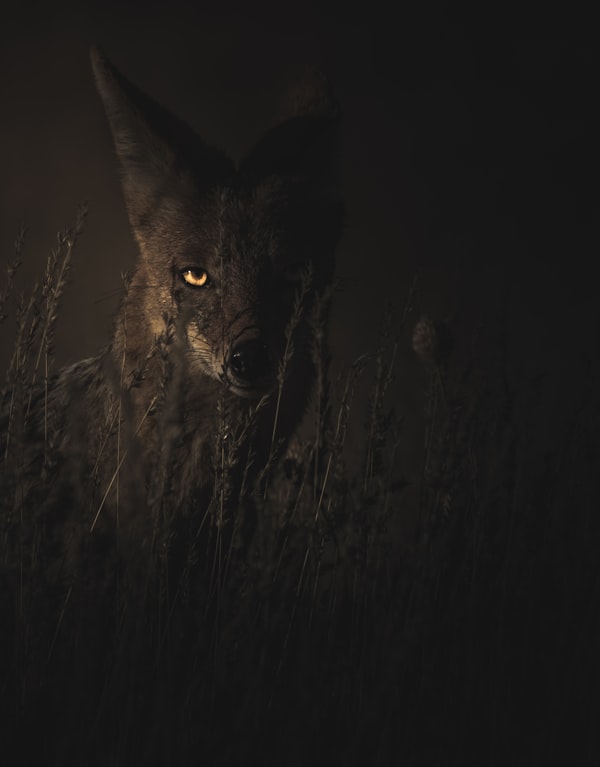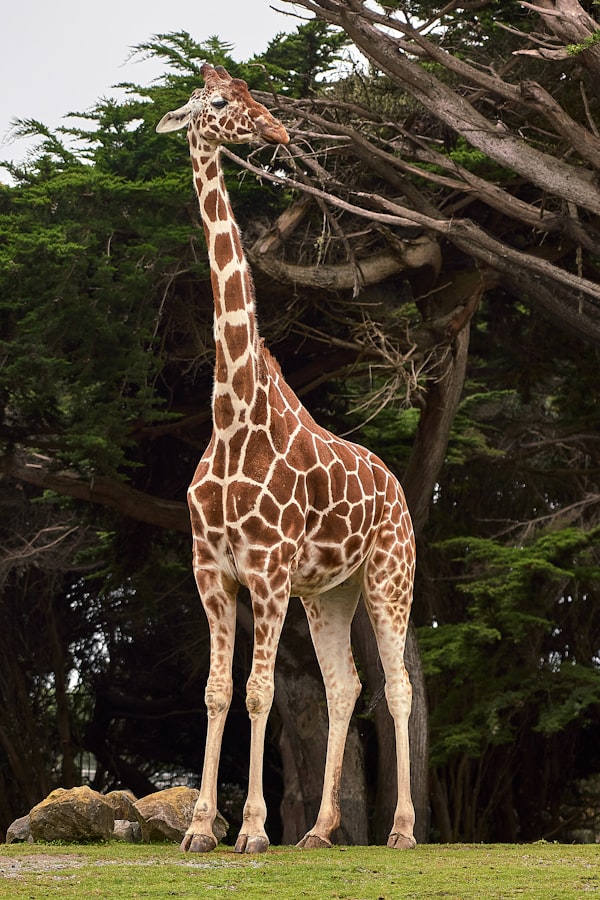Como Zoo Seeks $22 Million Funding for Major Upgrade to Big Cat Habitat and Pavilion - Don't Miss Out!

Como Zoo's big cats may soon have a chance at a major habitat upgrade. The zoo recently presented a $22 million bonding request to legislators in hopes of renovating the big cats' living spaces. The proposed project includes creating new areas for lions, tigers, cougars, snow leopards, and wolves, complete with glassed-in sections that would allow visitors to get up close with the animals. Additionally, the project would address structural issues with pedestrian bridges between the lion and tiger areas, which have been closed for eight months, limiting access to the cats.
The zoo is not only seeking funding for the big cat habitat but also requesting $30 million in state bonding to redesign the Como Lakeside Pavilion and improve the surrounding landscape. Officials explained to lawmakers that this funding would provide the big cats with top-notch housing, a stimulating environment, and more space outside the exhibit area, as well as better veterinary care and behavioral training. The project would also address accessibility concerns for visitors, including improvements to steps and walkways.
According to Director Michelle Furrer, state funding is crucial because Como Zoo does not charge for admission. The zoo attracts over 2 million visitors each year, with nearly half of them coming from the metro area. Furrer emphasized that the zoo has a significant impact on the local economy, contributing over $162 million annually.
Failure to implement a long-term solution to the bridge issues may force the zoo to close the Big Cat Habitat, Furrer warned. Engineers are currently brought in four times a year to assess the bridges, but the temporary scaffolding in place is not a sustainable solution.
The zoo's current setup only allows visitors to view the animals from above. Jill Erzar, a zookeeper, highlighted the potential for a deeper connection if visitors could stand eye to eye with the animals. Improved habitats and welfare for the big cats could also encourage successful breeding and the expansion of the pride, adding to the zoo's story.
In addition to the big cat habitat, the $30 million pavilion project aims to enhance the public realm and create better connections between the building, lake, and public facilities. The design seeks to maintain the original character of the building while improving access, amenities, and the overall visitor experience.
Seven House members recently went on a tour to see firsthand the issues that need to be addressed. Rep. Fue Lee, DFL-Minneapolis, who chairs the Capital Investment Committee, emphasized the impact of seeing the deteriorating infrastructure in person. The committee will review funding requests next year, considering the various projects statewide that have submitted bonding proposals.
The initial design for the project was released in June, with construction scheduled to begin in September 2024 and last for two years.

